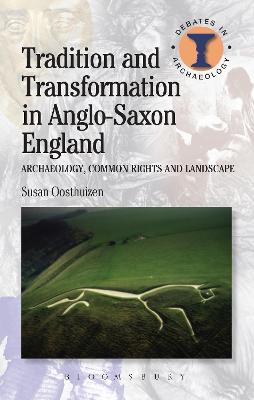Most people believe that traditional landscapes did not survive the collapse of Roman Britain, and that medieval open fields and commons originated in Anglo-Saxon innovations unsullied by the past. The argument presented here tests that belief by contrasting the form and management of early medieval fields and pastures with those of the prehistoric and Roman landscapes they are supposed to have superseded. The comparison reveals unexpected continuities in the layout and management of arable and pasture from the fourth millennium BC to the Norman Conquest.
The results suggest a new paradigm: the collective organisation of agricultural resources originated many centuries, perhaps millennia, before Germanic migrants reached Britain. In many places, medieval open fields and common rights over pasture preserved long-standing traditions for organising community assets. In central, southern England, a negotiated compromise between early medieval lords eager to introduce new managerial structures and communities as keen to retain their customary traditions of landscape organisation underpinned the emergence of nucleated settlements and distinctive, highly-regulated open fields.
- ISBN10 1472507274
- ISBN13 9781472507273
- Publish Date 9 May 2013 (first published 1 January 2013)
- Publish Status Active
- Publish Country GB
- Publisher Bloomsbury Publishing PLC
- Imprint Bloomsbury Academic
- Format Hardcover
- Pages 264
- Language English
